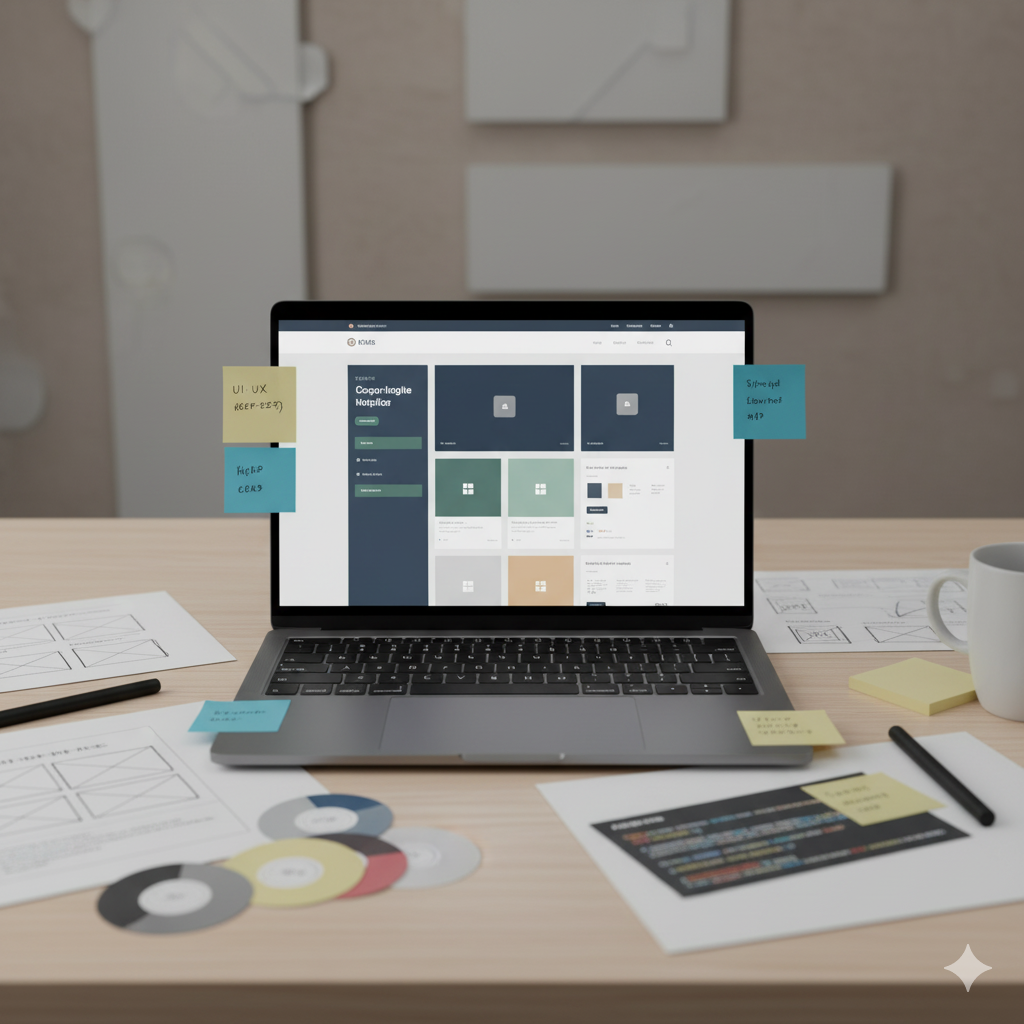In 2025, a website isn’t just about visuals — it’s about the experience. User Experience (UX) design ensures that visitors not only stay longer but also interact with your site in meaningful ways. Good UX turns casual visitors into loyal customers.
🧩 What Is UX Design?
UX Design focuses on how users feel when navigating a website. It’s about intuitive navigation, easy-to-read content, and creating a seamless flow from one action to the next. Unlike UI (User Interface) design, which focuses on appearance, UX is about functionality and satisfaction.
💡 Why UX Matters
- Retention & Engagement: A smooth experience keeps users exploring your website.
- Higher Conversions: Clear navigation and intuitive layouts improve sign-ups, purchases, and leads.
- SEO Benefits: Search engines favor websites with lower bounce rates and higher engagement.
- Brand Reputation: A positive experience builds trust and authority.
- Accessibility: UX ensures all users, including those with disabilities, can access content effortlessly.
🧠 Key Principles of UX Design
- Consistency: Keep fonts, colors, and navigation predictable.
- Clarity: Every button and link should have a clear purpose.
- Feedback: Give users cues when they complete actions, like form submissions.
- Mobile Optimization: Responsive UX is crucial for multi-device access.
- Simplicity: Avoid clutter; highlight essential content and actions.
🚀 Tools for UX Designers
Tools like Figma, Adobe XD, Sketch, and InVision help designers prototype, test, and collaborate efficiently. User testing and heatmaps also provide actionable insights for improvement.
💬 Final Thoughts
UX design is the bridge between a website and its users. In 2025, websites that prioritize UX will dominate digital engagement, turning visitors into customers and fostering long-term loyalty.




